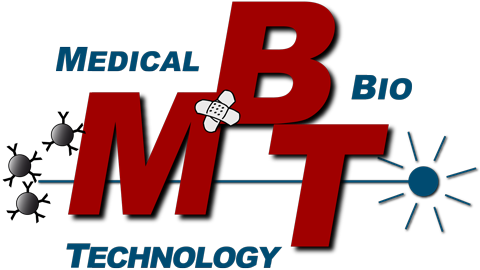The IsoStretcher
‚IsoStretcher goes Industry‘ – combined Stretch/Imaging System in a Bioreactor Environment
This project is an R&D joint venture between our opto-biomechatronics groups and Ospin company in Berlin (www.ospin.de) and is funded through a ZIM grant by the German Ministry for Economic Affairs and Energy. It was motivated by the incentive to go beyond acute stretch experiments, allowing for sustained isotropic cyclic/static stretch of cells and tissues in the context of tissue engineering and mechanobiology in long-term cultures. For this, we had to design a closed PDMS chamber that is cast in a two-step cast process, for which we designed appropriate moulds for parallelized production of up to 20 thin bottomed, highly transparent individual chambers per batch. Also, the enclosed PDMS chamber was equipped with connectors to the Ospin automated fluidics system (see figure) that allows remotely controlled fluidic control and environemtal sensor technology for enclosed cell culture bioreactor conditioning. Our PDMS chambers are autoclavable and can be re-used, are flushed with a surfce coating protein solution in a first step and with cells to adhere in a second step. After allowing for cell adherence, long-term isotropic stretch can be applied under controlled flow conditions changing between various media (see figure). In order to make the IsoStretcher module within the Ospin bioreactor accessible to bright light/fluorescence microscopy, we also design an inbuilt optical system containing of light source (LED), dichroic mirrors, filters and infinity optics and microcontoller-driven CCD camera for capturing cell images within the IsoStretcher module. This makes the system independent of external research microscopes (see figure). We have already assembled a prototype and are undergoing functional and cellular testing before the system can be marketed for tissue engineers and life scientists in mechanobiology.

